Carb Backloading
Over the past few years, carb backloading (CBL), another popular modern nutritional strategy, has gained a lot of attention. CBL goes against conventional nutrition and dieting advice, like many other strategies.
Tradition dictates that we must consume our carb first thing in the morning to ensure that the energy they provide is utilized rather than being stored as body fat.
Then CBL was released, and it advised us to eat all of our carb at night rather than just a portion of them. As a result of defying conventional wisdom from fitness experts, CBL has drawn considerable attention.
Here are facts:
- Move calories from the morning and early afternoon to the evening, when you can gorge yourself. This can entail omitting breakfast.
- Prior to exercise, consume as few carbohydrates as possible during the day.
- Work out in the late afternoon, around 5 o’clock.
- Up to 30 minutes after your workout, begin consuming carbohydrates.
- Keep consuming carbohydrates all night long. These are the main pillars of the CBL template, which initially gives the impression of being primarily reliant on nutritional training.

Discover How I Can Help You Lose Weight
How to meal prep – even if you don’t have any nutrition background!
A little-known way to lose weight – you’ll be amazed!
A stupidly simple trick for losing your belly fat.
What the professionals in fitness do when they want to lose weight.
The secrets of losing belly fat. This one will blow you away!
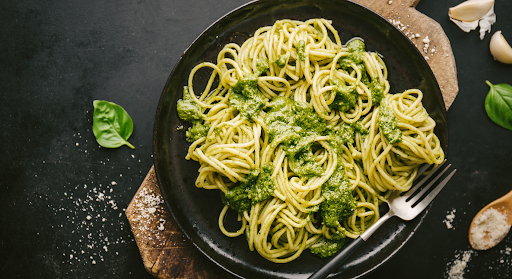
Carb Backloading: What Is It?
In its simplest form, CBL is just the technique of delaying your daily carb consumption.
After American training and nutrition expert John Kiefer published his eBook titled “carbohydrate Back Loading,” the phrase “carbohydrate back loading” was coined to describe this method.
Although several works on carb cycling have been written in the past, none have been as well studied and cited as Kiefer’s. The book immediately became popular and one of the most talked-about modern protocols thanks to some astute marketing.
What Is the Process of Carb Backloading?
The protocol’s strong dependence on nutritional timing is built around managing and adjusting cellular, hormonal, and biological reactions to a postponed carbohydrate intake.
To reduce the body’s production of insulin, carbs should be delayed during the day. The pancreas releases this hormone in response to carb consumption. To maintain a steady level of blood sugar, insulin encourages the uptake of glucose (a simple form of carbohydrate) by skeletal muscle cells. It is regarded as an anabolic hormone since it helps to build little things into larger ones.
Of course, we run the risk of this mechanism degrading if we trigger a rapid insulin response regularly during the day as a result of consuming refined carbohydrates. As a result, insulin resistance occurs and the muscle cells become less receptive to its actions.
The main foodstuff that causes an insulin response is carbohydrates. When insulin levels are unstable and regularly high, it not only encourages the storage of fat (in an energy surplus), but also causes energy levels to fluctuate.
FUN FACT: It’s crucial to always keep in mind that insulin will only encourage fat accumulation if our energy intake (kCals) exceeds our energy expenditure. The absorbed glucose will only be utilized as energy if we are trying to lose weight and are in a calorie deficit. Because of this, the most important variable affecting weight gain and loss is energy balance.
This notion serves as the foundation for the CBL program, which is designed to manage insulin to avoid interfering with fat burning while simultaneously promoting muscle growth and repair.
When we deprive our body of carbs over a predetermined period of time, our body’s capacity to absorb and use this nutrition when we do consume it increases. In essence, that is one of the primary components of this diet.
We can increase the muscle’s sensitivity to carbs, or insulin sensitivity, by including weight training in the mid-late afternoon. As a result, carbohydrates will be absorbed quickly and reach the bloodstream as glucose, where they will be used to replenish the depleted muscle reserve of carbs. By doing this, it might be less likely to be stored as fat. It may sound repetitive, but the timing of your carbohydrates must still be in the face of a calorie deficit or they won’t have much of an impact.
Our GLUT glucose transporters—pronounced “glut”—move to a new site to bring about this. A class of proteins called GLUT functions to carry various nutrients from the blood into the muscle. Many nutrients can be transported by GLUT transporters, however only some, i.e. Particularly, glucose are transported via GLUT4. They are typically visible on the cell surface and are found in the jelly-like outer coats of cells.
The greater one’s capacity for recruiting GLUTs 4 and 12 and bringing them to the cell surface to carry glucose into them, the more sensitive one can become to insulin.
When consumed with carbs, resistance training can increase the activity of GLUT4. Therefore, we can improve the sensitivity of the muscle cell to glucose by delaying weight training until the late afternoon.
Resistance exercise may also increase the number and concentration of GLUTs 4 and 12 in muscle cells, in addition to causing GLUT to relocalize without insulin.
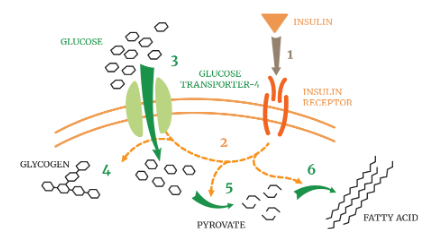
The impact of insulin on glucose absorption and metabolism is depicted in the diagram above. When insulin attaches to its receptor, many protein activation cascades are set off. These include the movement of the GlUT-4 transporter to the plasma membrane and the entry of glucose, the creation of glycogen and fatty acids, as well as glycolysis and glycolysis.
Muscle cells can absorb glucose more quickly after resistance training, either for energy production or storage. As a result, CBL was one of the first protocols to integrate the timing of nutrients with weight training.
Therefore, this regimen is intended for workout enthusiasts who are intermediate to advanced and interested in maximizing body composition. As a result, if you don’t consistently exercise, this is not a terrific solution for you.
Setting Up A Diet The Carbohydrates Backloads
Kiefer’s book goes into great detail on how to maximize the advantages already mentioned, such as boosting fat burning and glucose sensitivity, in addition to just deferring daily carbohydrate intake to the evening (or post-workout).
Breakfast
CBL follows the basic principles of intermittent fasting: postpone breakfast, eat small meals throughout the day, and then consume a bigger, carbohydrate-rich meal at night.
This is predicated on the idea that what you eat—or don’t eat—early in the day determines how your body will function throughout the remainder of the day.
This is done to increase the diet’s ability to burn fat. The level of the stress hormone cortisol is highest in the morning. Because cortisol is catabolic, it destroys things and converts triglycerides into free fatty acids (FFAs) for metabolism. If other hormones like insulin do not interfere, cortisol essentially encourages the mobilization of our fat reserves for energy in the morning.
So it’s advised to forgo breakfast and follow an IF-style routine.
KEY INSIGHT: It’s crucial to watch out for compensatory behaviors when missing meals is a part of a program or dietary plan. These include overindulging in snacks or eating two pieces of the first meal later in the day. This can be the result of an increased appetite or disturbed eating habits. Whatever the case may be, it indicates that you should abandon this strategy and return to the standard lunch arrangement.
Afternoon
When the fast is broken, it is done with a low-carb supper that is mostly made of lean protein and unsaturated fats derived from whole foods. The total grams of carbohydrates should be kept under 30 to 50 grams.
During this time of the day, the food consists primarily of green vegetables, meats, cheese, lipids, and a little number of nuts, for example. omelet with two eggs, cheese, and nuts.
Post Workout
At this stage, carbohydrates are reintroduced into the diet, and according to Kiefer, they are also added in large quantities. Aim for high-GI sources of carbohydrates, such as white rice, bread, and fruit, if it is close to the training of suitable intensity. However, maintaining a healthy balance is always crucial, so be sure to add some sources of whole grains as well!
According to certain research, increasing your carbohydrate intake with a source of complete protein will improve your insulinemic response and speed up the pace of uptake! This is not really significant because it only matters if you don’t consume enough carbohydrates. However, there are no drawbacks to including a source of protein in this meal.
A Simple Carb Backloading Diet
Heavy protein and healthy fats should be substituted for high carbohydrate meals on days when you aren’t lifting weights to prevent “back loading.” To this rule, there are some exceptions.
| Approx. Meal Time | Meal |
| Upon waking (8 am) | Coffee, coconut oil, mineral water |
| Late Breakfast (12 pm) | 4 eggs scrambled with chorizo & spinach |
| Late Lunch (4 pm) | Stuffed avocado with bacon pieces |
| Resistance Training | |
| Late Dinner (8 pm) | 2 large chicken breasts, white jasmine rice, home-made popcorn, and rice cakes |
| Non-Weight Training Day | |
| Late Dinner (8 pm) | Caesar salad with 2 chicken breasts |
The Benefits Of Carb Backloading
The CBL protocol includes a number of different approaches, with a focus on nutritional timing.
The benefits of this diet are primarily based on individual experiences, coach recommendations, and mechanistic assertions because there is so little research looking at it. But hypothetically, it might be useful for;
Fat Loss
When a delayed carbohydrate intake is combined with an IF method, it can encourage fat oxidation earlier in the day, which, when combined with a calorie deficit, will encourage fat loss.
Increased Vitality and Concentration
Some claim they avoid the regular afternoon energy slump or weariness by cutting refined carbohydrates out of their meals during the day. This is most likely due to the fact that our muscles and brain rely on fat and ketones, which provide a gradual but consistent supply of energy.
Convenience
The CBL protocol, which many individuals find works well with their lives, is a long-term diet that is simple to stick to.
Food-First Strategy
The fact that CBL places little focus on the time-consuming task of calculating and measuring calories is a benefit. Although the book’s author claims that this is significant, it is not a necessary part of the protocol. This strategy can reduce stress for certain people while also helping to enhance body composition.
Two of these studies, which are frequently used in the book, show that CBL is superior to typical diets for gaining muscle and burning fat.
The effects of consuming 70% of one’s daily caloric intake in the morning vs the evening on body composition were evaluated in the first study. The group that consumed the majority of their daily calories in the evening lost more fat and less muscle than the morning group during the course of a 6-week weight loss (calorie deficit) diet that involved 10 individuals.
The second study involved a 6-month period during which officers consumed roughly 1,500 calories per day, with one group consuming most of their carbohydrates at supper and the other eating them throughout the day. According to research, the evening group experienced higher feelings of satiety and reduced body fat than the control group.
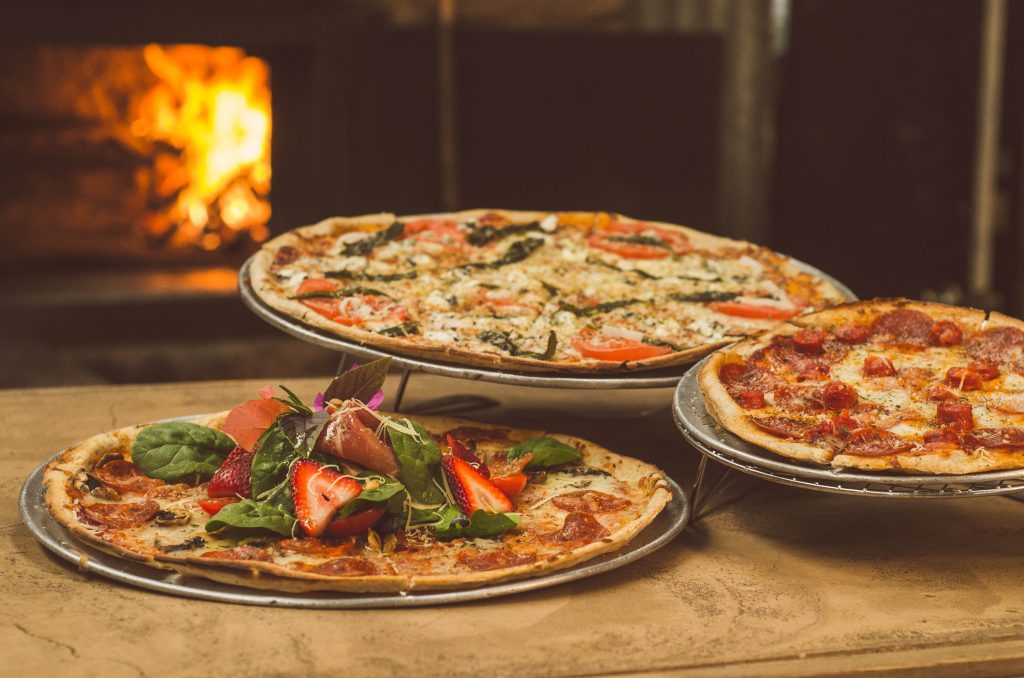
Potential CBL Drawbacks
The biggest flaw in CBL is that it has a solid scientific basis, thus it begs the question: Is it truly any better than conventional calorie-controlled dieting?
The first primary cited study had a sample size of only 10 and measured body composition using the infamously unreliable approach of total bioelectrical impedance.
There are several significant errors in the second main referenced study, including
- Self-reporting of calorie intake can result in errors.
- Given that a soldier typically weighed around 215 lbs, the daily protein consumption was extremely low (75–90 grams).
- According to others, this is insufficient to keep muscle mass. The CBL program includes exercise, which is a key element, but the soldiers in the study weren’t doing it.
- On the other hand, numerous studies have shown little to no benefit of CBL compared to typical calorie restriction.
According to one of these studies, calorie consumption in the morning or the evening had no impact on body composition measurements or weight loss.
As to one study, those who typically ate breakfast lost more weight by skipping it than those who didn’t, but those who generally ate breakfast lost more weight by actually eating it.
Based on one study, the amount of food you have had throughout the day matters more than the time of your nutrients as it has minimal bearing on your final results.
Managing insulin levels throughout the day is not the key to maximizing fat loss, according to a different study.
Conclusion
In recent years, carb backloading became increasingly popular. It has been promoted to us on the grounds that we may consume the foods we enjoy while gaining muscle and losing fat without needing to restrict our calorie intake or macronutrient intake.
Unfortunately, this is not the case. However, what is known is that it can be used as a procedure to break the mold of conventional dieting and produce some outcomes in the process.
For many people, this protocol works well with their daily routines. It can also be used as a long-term eating plan for those who are interested in body composition without having any negative impacts on metabolism or general health.
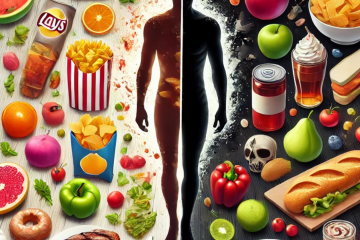

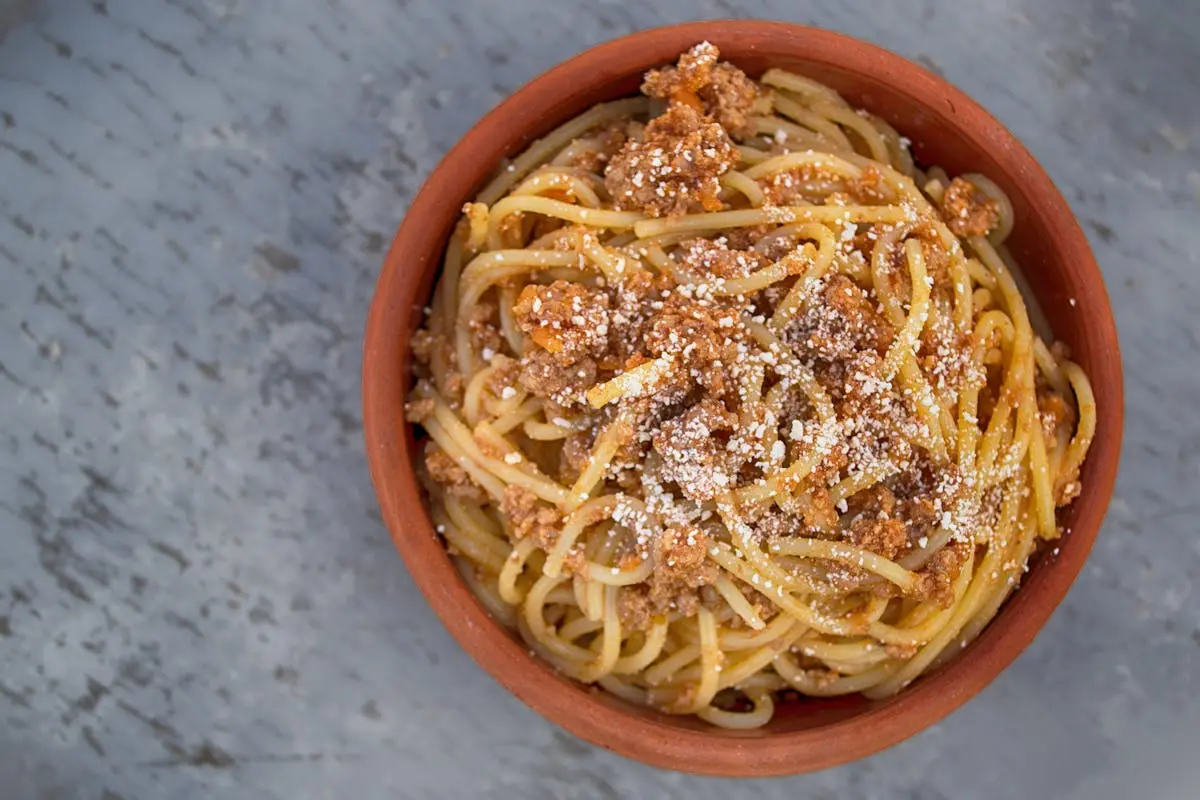
0 Comments